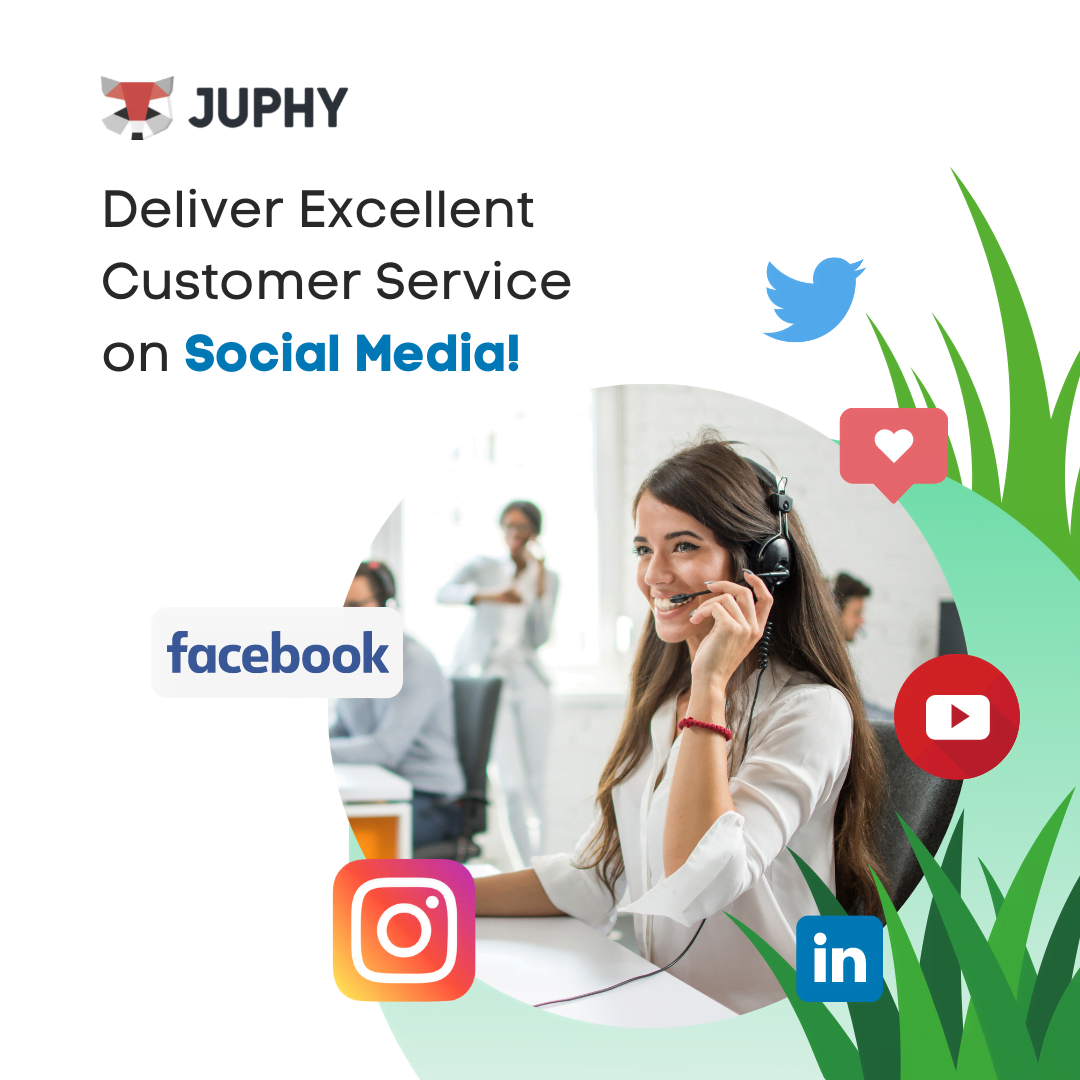
Microsoft has initiated a significant workforce reduction, affecting 1,900 employees, equivalent to eight percent of its gaming division staff. The move follows the completion of Microsoft’s acquisition of gaming giant Activision Blizzard, with the restructuring aimed at creating a more streamlined and efficient operation.
Details of the Layoffs: In a memo addressed to the employees, Phil Spencer, the head of Microsoft’s gaming division, highlighted that the decision was driven by the identification of synergies between Microsoft and Activision. The overarching goal is to establish a sustainable cost structure to foster growth within the gaming business. The gaming division, inclusive of the Xbox unit, currently employs 22,000 people.
Spencer reassured employees that the restructuring process involved collaborative efforts between Microsoft and Activision. The companies have outlined priorities, identified areas of overlap, and are collectively focused on maximizing growth opportunities.
Leadership Changes: Concurrent with the layoffs, Blizzard president Mike Ybarra announced his departure from the company. In a statement on X (formerly Twitter), Ybarra acknowledged the challenging circumstances and pledged his support to those impacted by the workforce reduction.
Background on Microsoft’s Activision Blizzard Acquisition: Microsoft’s acquisition of Activision Blizzard, a colossal move in the gaming industry, was finalized in January 2022. This strategic maneuver propelled Microsoft to become the world’s third-largest gaming company by revenue. The acquisition underwent thorough regulatory scrutiny, including challenges in the United States. Initially blocked by the UK regulator over concerns of potential competition damage in the cloud gaming sector, the deal ultimately secured approval.
Industry-Wide Staff Reduction Trend: The layoffs at Microsoft’s gaming division align with an industry-wide trend of major tech companies implementing significant staff cuts. This wave of workforce reductions commenced in late 2022 and has persisted into early 2024, impacting various leading technology firms.
Microsoft’s decision to reduce its gaming division workforce underscores the dynamic nature of the tech industry, where mergers and acquisitions often lead to organizational restructuring. As the company aims for a more efficient and growth-oriented structure, the impact on affected employees and the broader gaming landscape will be closely monitored.























